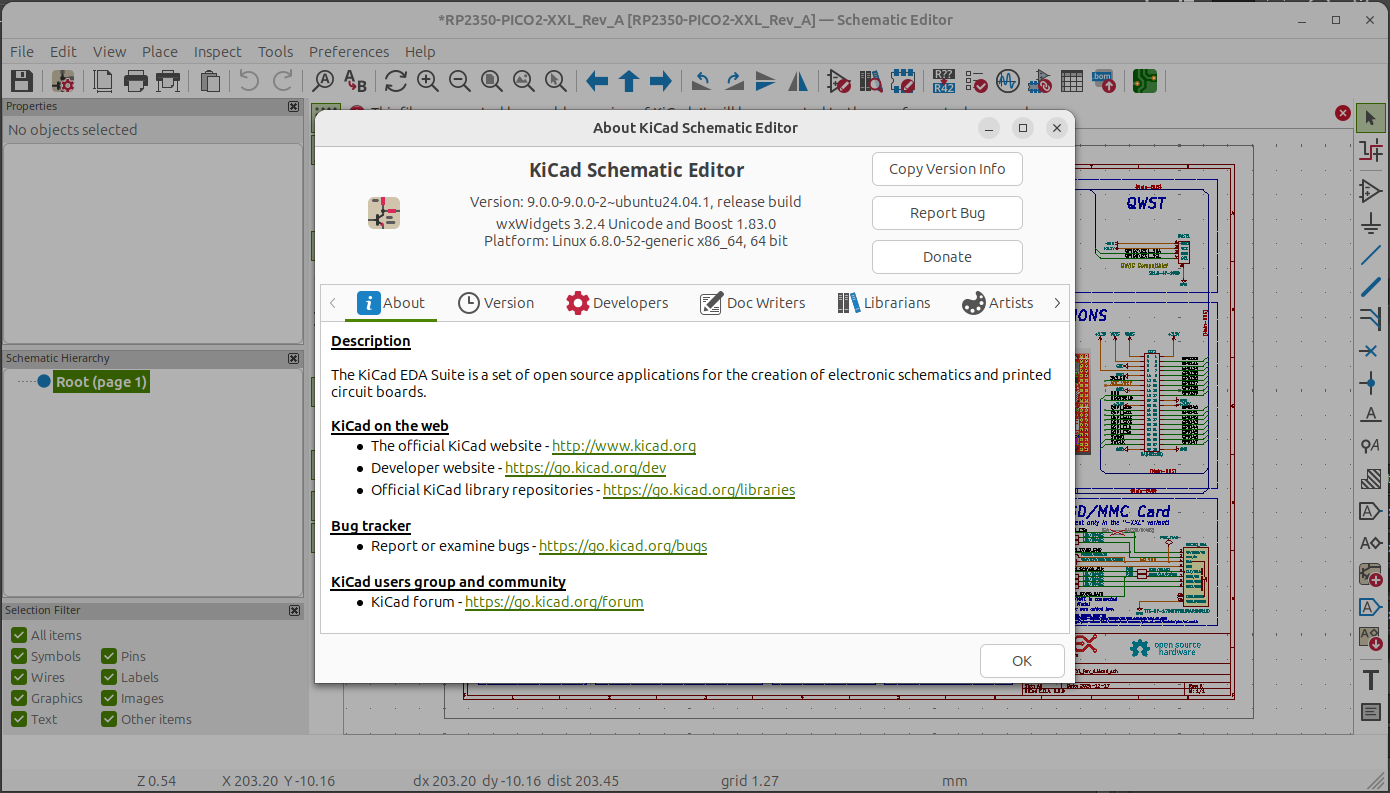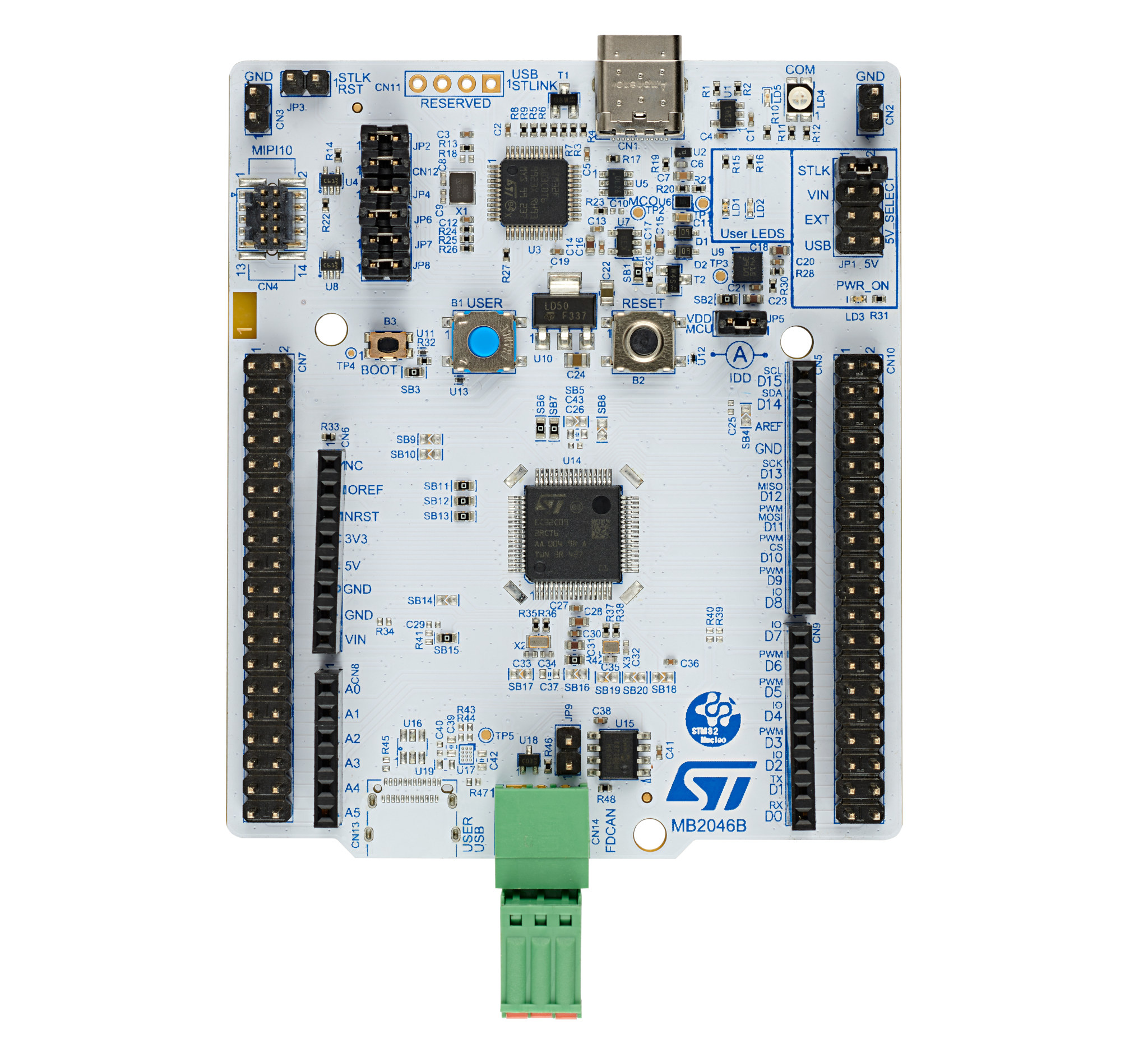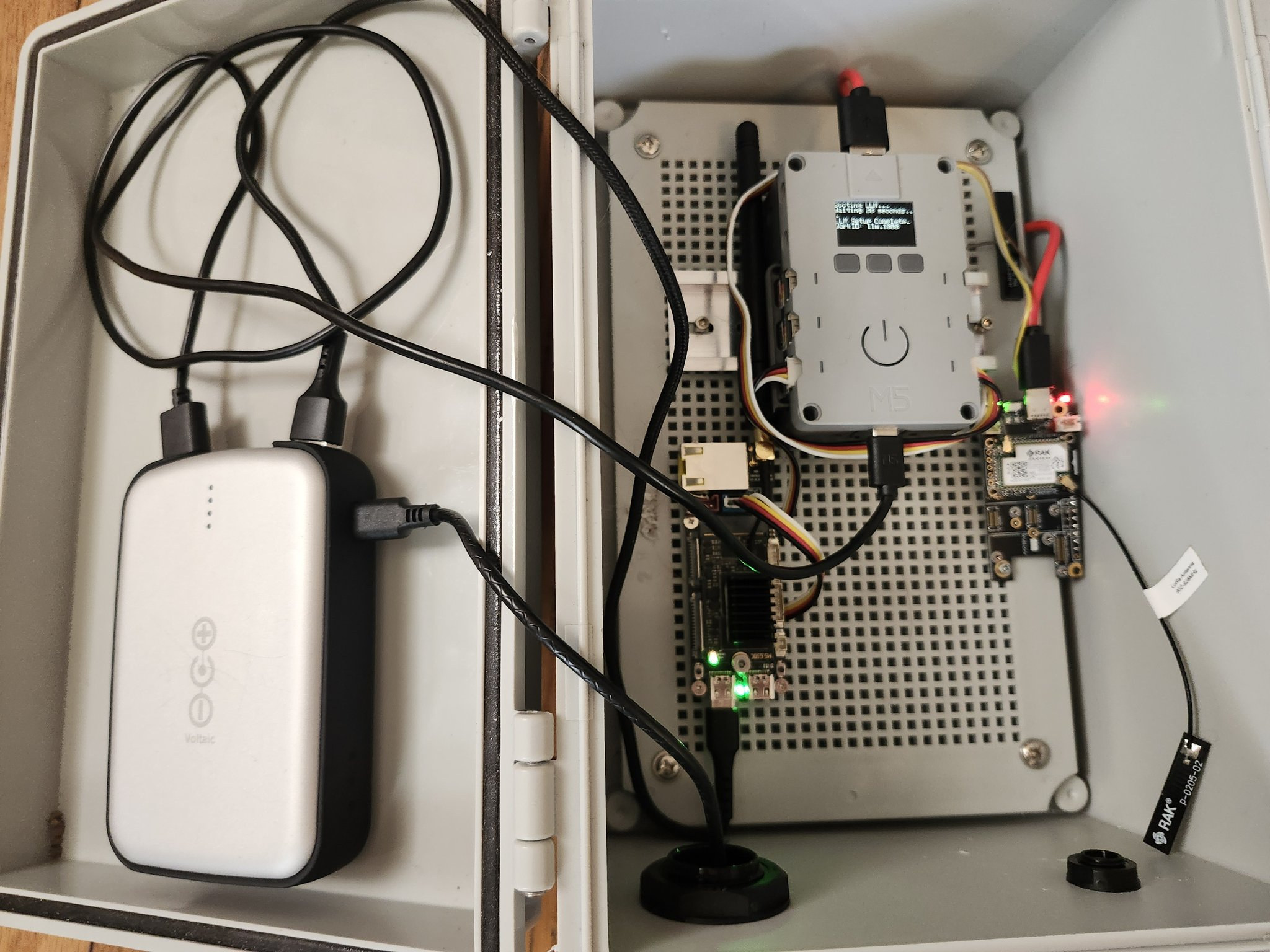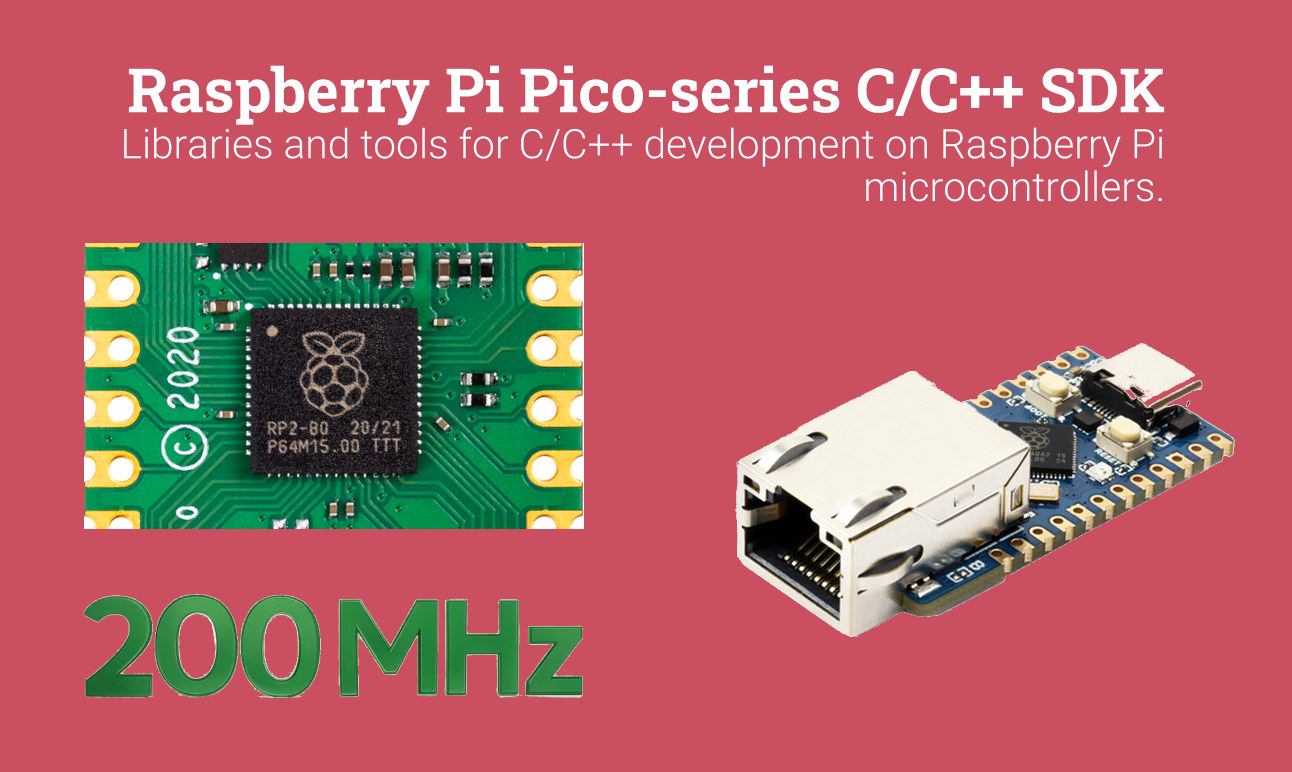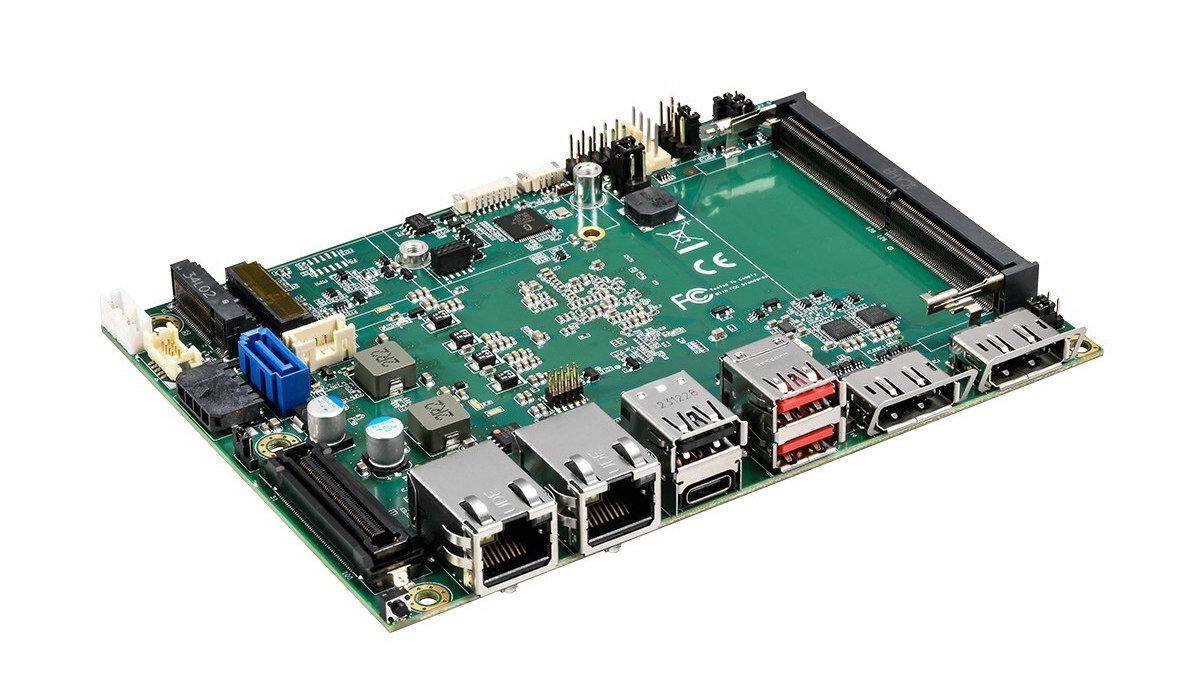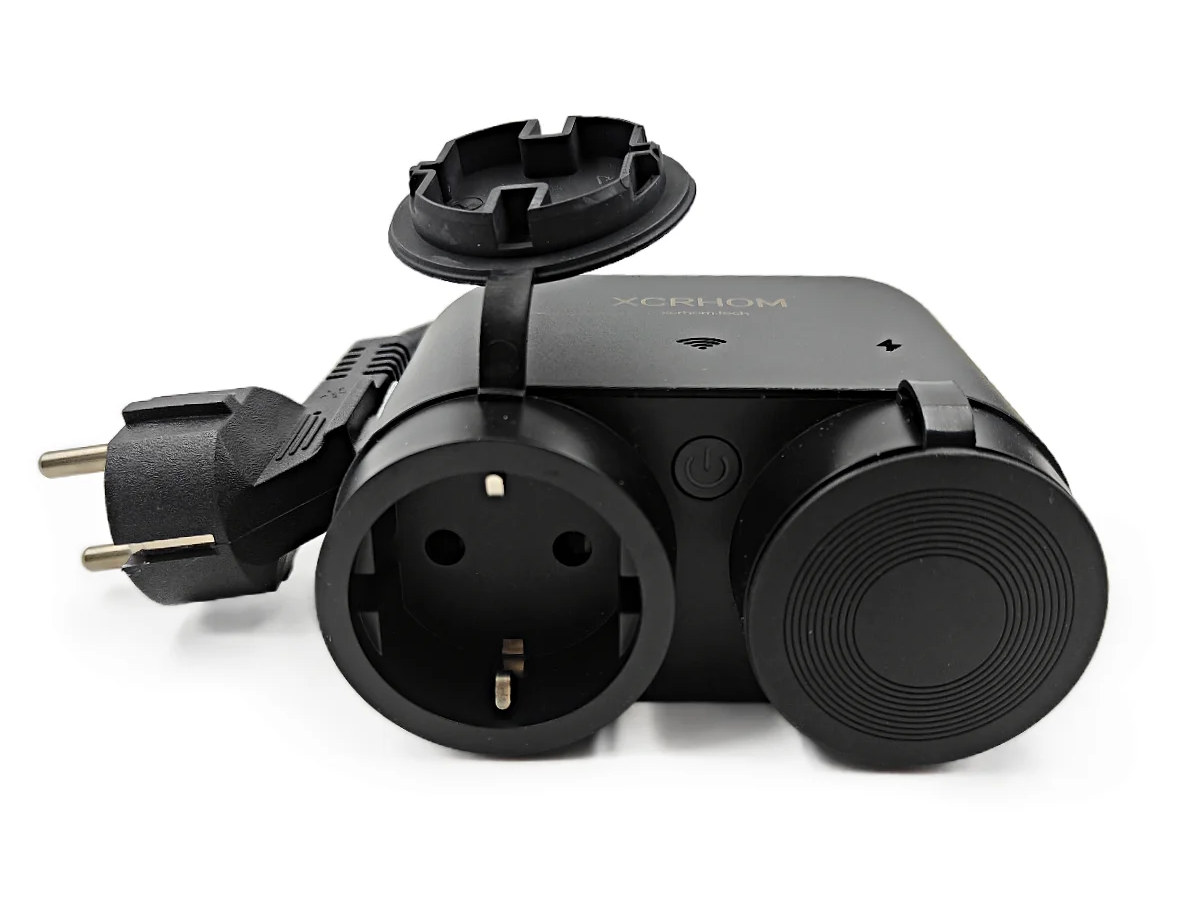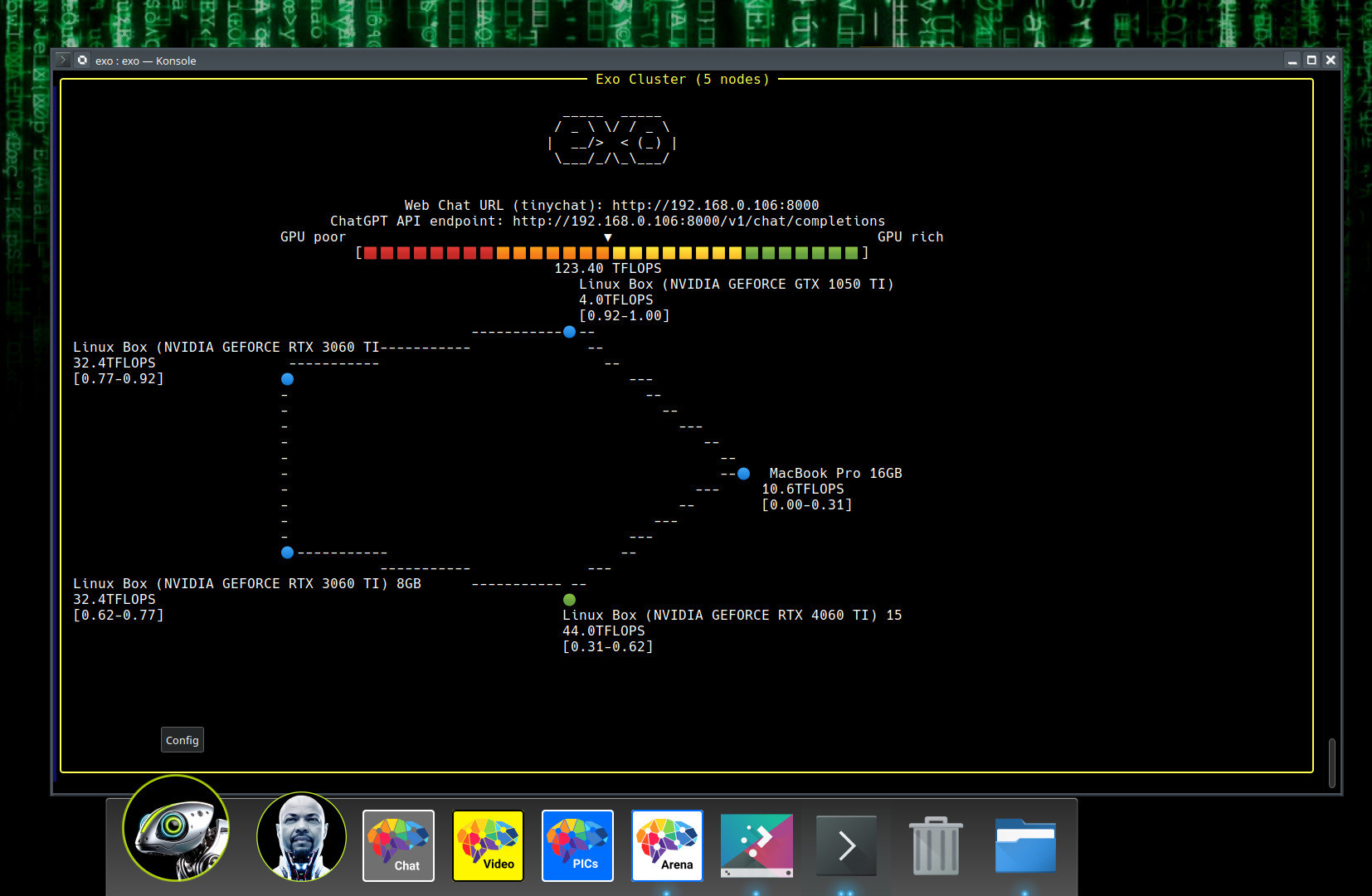KiCad 9 open-source EDA software has just been released with a range of new features such as support for embedded files (fonts, 3D files, PDF), tables in schematics, custom ERC/DRC errors, warnings, and exclusion comments, mouse scroll wheel actions, multiple track drag, and much more. The latest KiCad 9.0.0 release includes 4,870 unique commits from hundreds of developers and translators, and the KiCad library has further gained 1500 new symbols, 750 new footprints, and 132 new 3D models. There are way too many changes to list them all here, so I’ll mention some highlights here: Jobsets (predefined output jobs) – Feature that provides predefined sets of ‘jobs’— plotting, exporting, and running DRC—on schematics and PCBs. Independent jobset files are reusable as users may want to create output pipelines that they can apply across their projects for consistency. Jobsets can be run from the command line or the KiCad GUI. Embedded […]
STMicro expands the STM32C0 Cortex-M0+ MCU family with STM32C051, STM32C091, and STM32C092 (with CAN FD)
STMicro first introduced the STM32C0 32-bit Arm Cortex-M0+ MCU family as an 8-bit MCU killer in 2023, followed by the STM32C071 adding USB FS and designed for appliances with graphical user interfaces (GUI). The company has now added three new parts with the STM32C051, STM32C091, and STM32C092. The STM32C051 is similar to the original STM32C031 but adds more storage (64KB vs 32KB) and is offered in packages with up to 48 pins, while the STM32C09x parts offer flash densities up to 256 KB in packages up to 64 pins, and the STM32C092 also gains a CAN FD interface. The STM32C09x parts can be seen as an update to the STM32C071 where more flash memory is needed. That’s 30 new SKUs bringing the total to 55 when different packages and flash memory size/RAM size options are taken into account. The STM32C051 offers the same maximal amount of SRAM as the STM32C031 […]
Solar-powered LLM over Meshtastic solution may provide live-saving instructions during disasters and emergencies
People are trying to run LLMs on all sorts of low-end hardware with often limited usefulness, and when I saw a solar LLM over Meshtastic demo on X, I first laughed. I did not see the reason for it and LoRa hardware is usually really low-end with Meshtastic open-source firmware typically used for off-grid messaging and GPS location sharing. But after thinking more about it, it could prove useful to receive information through mobile devices during disasters where power and internet connectivity can not be taken for granted. Let’s check Colonel Panic’s solution first. The short post only mentions it’s a solar LLM over Meshtastic using M5Stack hardware. On the left, we must have a power bank charge over USB (through a USB solar panel?) with two USB outputs powering a controller and a board on the right. The main controller with a small display and enclosure is an ESP32-powered […]
Raspberry Pi Pico SDK 2.1.1 release adds 200MHz clock option for RP2040, various Waveshare boards, new code samples
The Raspberry Pi Pico SDK 2.1.1 has just been released with official 200 MHz clock support for the Raspberry Pi RP2040 MCU, several new boards mostly from Waveshare, but also one from Sparkfun, as well as new code samples, and other small changes. Raspberry Pi RP2040 gets official 200 MHz clock support When the Raspberry Pi RP2040 was first released along with Raspberry Pi Pico in 2021, we were told the default frequency was 48 MHz, but the microcontroller could also run up to 133 MHz. Eventually, I think the Cortex-M0+ cores were clocked at 125 MHz by default, although some projects (e.g. PicoDVI) would boost the frequency up to 252 MHz. Frequencies higher than 133 Mhz were not officially supported so far, but the Pico SDK 2.1.1 changes that since the Raspberry Pi RP2040 has now been certified to run at a system clock of 200MHz when using a […]
Kontron 3.5″-SBC-AML/ADN 3.5-inch Amston Lake/Alder Lake-N single board computer offers three DisplayPort video outputs
Kontron 3.5″-SBC-AML/ADN is a 3.5-inch single board computer powered by either Intel Amston Lake (Industrial grade) or Alder Lake-N (commercial grade) processor and designed for applications such as automation, healthcare, smart city, and smart retail. It builds upon the smaller Kontron 2.5”-SBC-AML/ADN Pico-ITX SBC with many of the same features, but replaces eMMC flash storage with an M.2 SATA/NVMe socket and a SATA connector, features DDR5 SO-DIMM memory instead of soldered-on LPDDR5, and the larger PCB size allows it to gain an extra DisplayPort connector, a USB 2.0 Type-A port, additional serial ports, and a board-to-board (B2B) connector for expansion. It also supports a wider 9 to 36V DC range. Kontron 3.5″-SBC-AML/ADN specifications: SoC Standard Intel Atom x7211RE dual-core processor up to 3.2GHz with 6MB cache, 16EU Intel UHD graphics; TDP: 6W Intel Atom x7433RE quad-core processor up to 3.4GHz with 6MB cache, 32EU Intel UHD graphics; TDP: 9W Intel […]
Xcrhom T4S WiFi outdoor smart socket features power meter function, Tasmota open-source firmware
ESPHome is the favorite open-source firmware of Smart Home devices, but Tasmota is another option that’s been available for many years. We’ve just seen fewer products based on Tasmota (previously Sonoff-Tasmota) in recent years, but it recently showed up on a credit card-sized quad relay board, and I’ve just come across Maker Go’s Xcrhom T4S WiFi Outdoor Smart Socket that also ships with Tasmota firmware and sells on AliExpress for $24.88 shipped. The Xcrhom T4S exposes two sockets with dust and rainproof covers to be used safely outdoors, integrates a power meter, and the Tasmota firmware enables MQTT support, Home Assistant compatibility, and support for Amazon Alexa and Google Assistant. Xcrhom T4S specifications: Two EU sockets Max load – 3680W in total (16A x 230V) Rated Current – Up to 16A in total Power Input – 100 to 240V AC 50Hz Wireless – 2.4 GHz 802.11b/g/n WiFi 4; Tx power […]
Bapaco is a mechanical keyboard PC with an ultra-wide 12.3-inch touchscreen display (Crowdfunding)
Made by Shenzhen SIDIQIAO Technology, the Bapaco is a mechanical keyboard PC powered by an Intel Core i5-1235U 10-core Alder Lake SoC and equipped with a 12.3-inch ultra-wide touchscreen display with 1920×720 resolution. The keyboard PC is offered as a barebone model without memory or storage but supports up to 32GB RAM, an M.2 2280 NVMe SSD, and/or an M.2 2242 SATA 3.0 SSD. It also features an HDMI output to connect an extra display, WiFi 6 connectivity, a few USB ports, and a 3.5mm audio jack and stereo speakers. Bapaco specifications: SoC – Intel Core i5-1235U CPU – 10-core/12-thread hybrid Alder Lake U-Series processor with 2x Performance cores @ 1.3/4.4GHz, 8x Efficient cores @ 0.9/3.3GHz Cache – 12 MB Intel Smart Cache GPU – 80EU Iris Xe Graphics @ 1.2 GHz BPB: 15W System Memory – Up to 32GB DDR4 3200MT/s SO-DIMM single-channel memory Storage M.2 2280 NVMe PCIe […]
exo software – A distributed LLM solution running on a cluster of computers, smartphones, or SBCs
You’d typically need hardware with a large amount of memory and bandwidth and multiple GPUs, if you want to run the latest large language models (LLMs), such as DeepSeek R1 with 671 billion parameters. But such hardware is not affordable or even available to most people, and the Exo software works around that as a distributed LLM solution working on a cluster of computers with or without NVIDIA GPUs, smartphones, and/or single board computers like Raspberry Pi boards. In some ways, exo works like distcc when compiling C programs over a build farm, but targets AI workloads such as LLMs instead. Key features of Exo software: Support for LLaMA (MLX and tinygrad), Mistral, LlaVA, Qwen, and Deepseek. Dynamic Model Partitioning – The solution splits up models based on the current network topology and device resources available in order to run larger models than you would be able to on any […]


